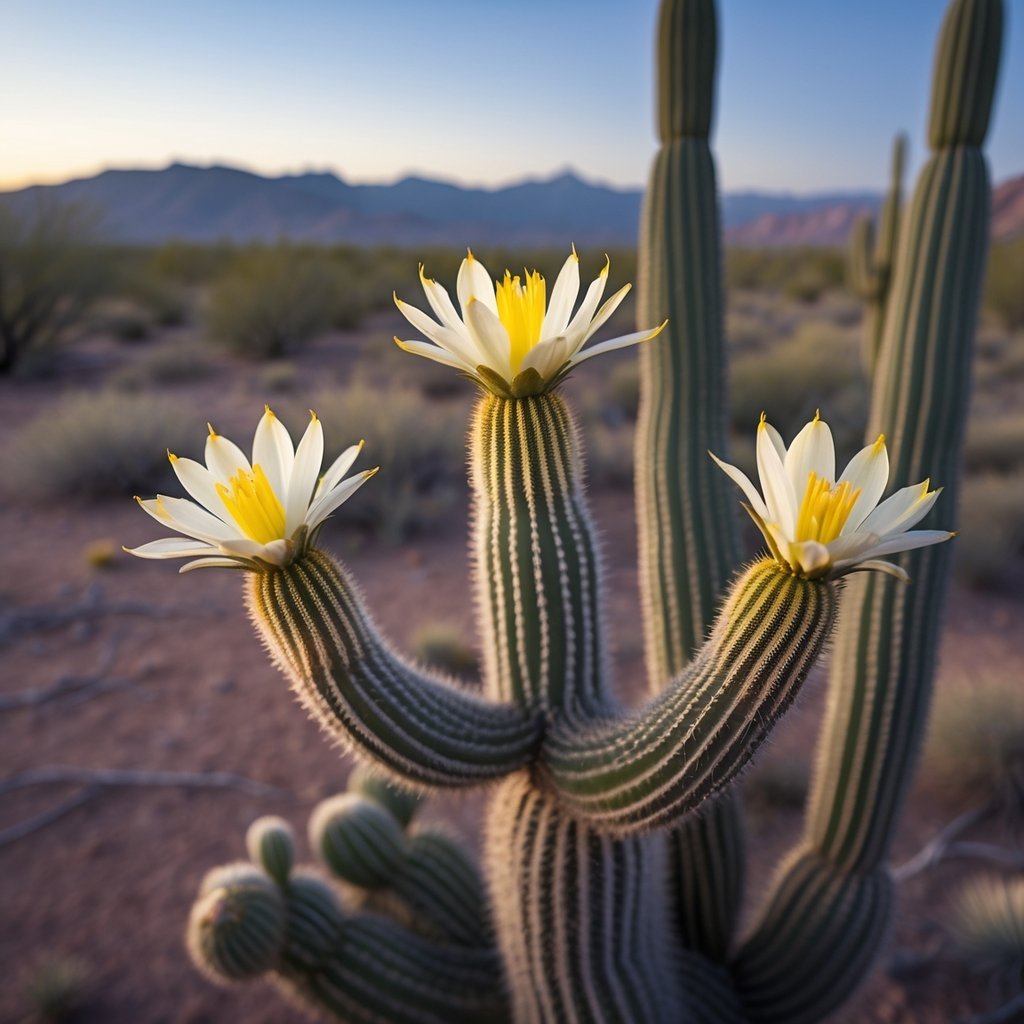PsychNewsDaily Publishers
100 Summit Drive
Burlington, MA, 01803
Telephone: (320) 349-2484
PsychNewsDaily Publishers
100 Summit Drive
Burlington, MA, 01803
Telephone: (320) 349-2484

Blooming patterns show up everywhere—in gardens, in wild places, even in technology. Still, a lot of these patterns leave scientists scratching their heads. Maybe you’ve noticed how some flowers open with a twist or how certain plants seem to have their own style.
These patterns aren’t just pretty; they actually reveal how living things and even our inventions change and function over time.
If you take a closer look at blooming patterns, you’ll see how nature adapts and how engineers borrow these tricks. Researchers dig into all sorts of blooms to figure out why they happen and how we might use those ideas in fields like space travel or environmental science. Getting curious about these patterns? It could lead you to some fascinating discoveries.

Origami sometimes copies how flowers bloom, and honestly, it’s pretty amazing. Bloom patterns in origami unfold from a flat shape into a three-dimensional form, kind of like petals opening up.
What’s cool is that you can fold these patterns flat, and then they pop open in one motion. That means there are fewer parts to break or jam. People use them in designs for space tools or even medical gadgets.
When you fold a bloom pattern, you start with a flat disc. It spreads outward, mimicking how a real flower opens. This clever design keeps inspiring scientists and engineers.

Saguaros seem to be blooming earlier these days. Warmer weather shifts the timing for these towering cacti. Birds and bees notice too, since the whole pollination routine changes.
As heat waves grow more intense, saguaros feel the stress. Sometimes they bloom less, or at odd times. Drought and heat keep pushing their limits.
Researchers keep a close eye on these changes. By tracking when saguaros flower, they get a sense of how the desert might look in the future.

When spring warms up, flowers start blooming earlier than before. Plants react to temperature shifts, and scientists call this pattern “vegetation phenology.”
Some plants take advantage of warmer days and bloom sooner. But if it gets hot too fast, it can throw off their cycle.
Your neighborhood flowers act like little temperature gauges. Watching their blooming times gives clues about how seasons are changing. Scientists use these observations to figure out how climate shapes plant life over time.

Bloom patterns aren’t just for flowers or origami fans. Scientists rely on math to understand how these patterns fold and unfold.
Math helps them design spacecraft parts that can change shape in space. The models explain how folds move smoothly, without breaking or sticking.
With the right math, you can predict how a flat sheet becomes a 3D shape—almost like a flower blooming. This lets engineers build folding solar panels and antennas that pack up small for launch, then open wide in space. It’s pretty clever, honestly.

Wildflowers don’t always bloom on schedule. Rainfall changes can make them bloom earlier or later, which leaves scientists guessing.
If rain comes at the wrong time, flowers might not open as long, or at all. Some wildflowers need just the right amount of water to put on a good show.
Researchers use rain shelters and other tricks to study these patterns. They want to know how wildflowers compete and survive when the weather’s unpredictable. It says a lot about how plants might handle whatever the climate throws at them next.

When a heatwave hits, plants sometimes change their blooming schedule to cope. Maybe you’ll see flowers popping up earlier or hanging on longer than usual. It’s their way of dodging harsh conditions.
Drought can throw plants off too. Some will make fewer flowers, or tinier ones, just to save resources. If things get really bad, they might skip blooming altogether.
Inside each plant, signals called phytohormones help manage these changes. They tell the plant when to bloom or hold back, depending on what’s happening outside. Knowing this can help you take better care of your garden when the weather turns rough.

You can actually watch how flowers change over time with remote sensing and time-lapse photography.
Scientists use these tools to keep an eye on blooms from the ground and, believe it or not, even from way up in space.
With remote sensing, satellites or planes snap images of huge areas.
This approach lets you track blooming patterns across entire landscapes in a short amount of time.
Time-lapse cameras snap pictures at regular intervals.
You get to see flowers open and close, which honestly is fascinating, and it reveals how plants react to temperature and rainfall shifts.
By using both methods, you get a much clearer picture of when and where flowers bloom.
And you don’t have to stand outside all day—these tools let you study blooms for months or even years without being there in person.